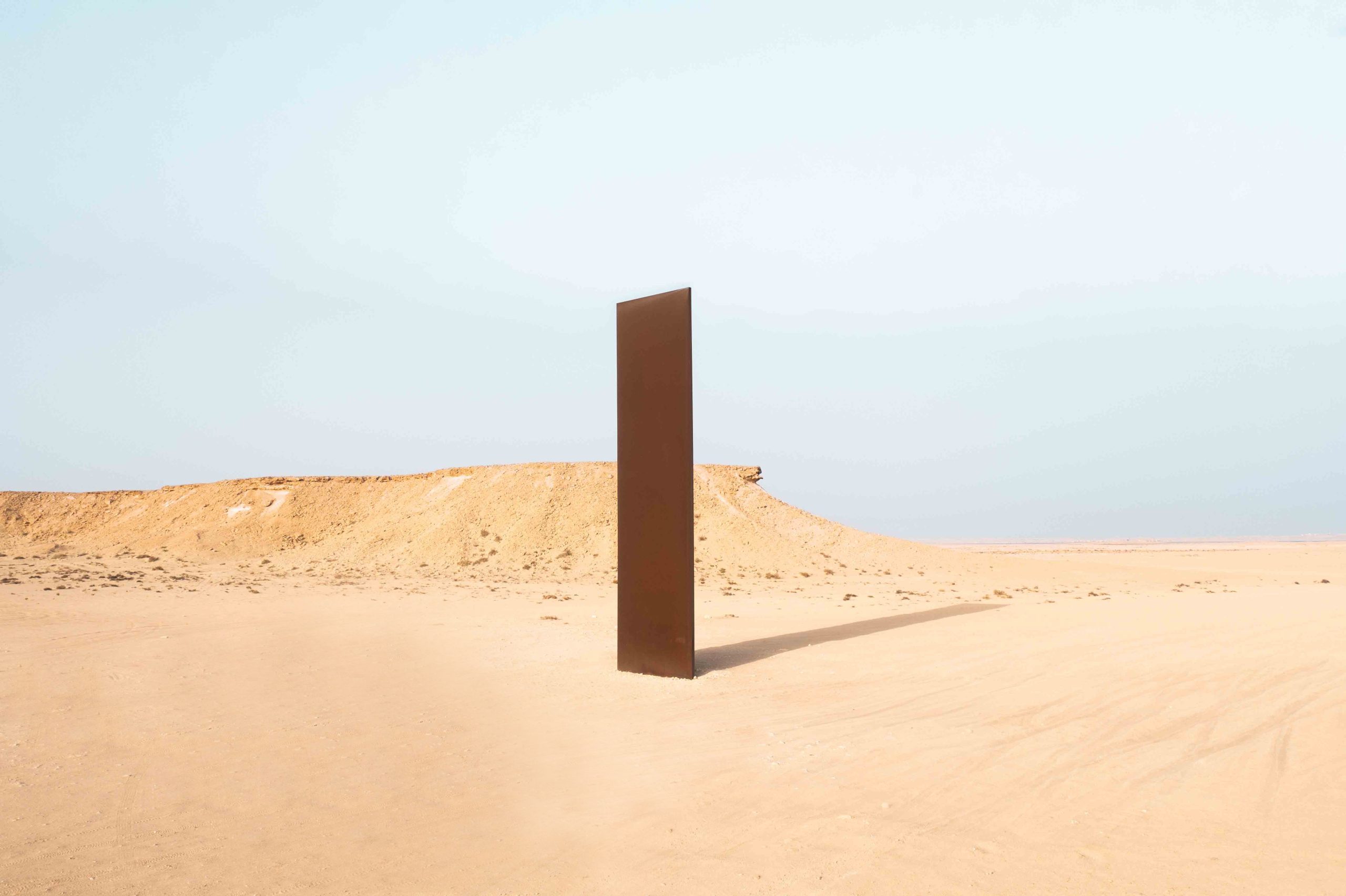The Middle East has long been synonymous with oil production, but in recent years, the region has been undergoing a significant transformation. Traditionally reliant on black gold, Middle Eastern countries are diversifying their portfolios to reduce their dependency on oil. This shift is not only a response to the volatile nature of the oil market but also a strategic move to prepare for a more sustainable and economically secure future. In this article, we will explore the reasons behind the Middle East’s transition from an oil-centric economy to a more diversified portfolio, highlighting the key sectors and industries driving this change.
1. Economic Diversification: A Necessity
Historically, oil has been the lifeblood of the Middle East’s economies. The vast oil reserves have provided substantial revenues, enabling these countries to develop and grow rapidly. However, the reliance on a single commodity can make these nations vulnerable to global market fluctuations, geopolitical tensions, and environmental concerns. As a result, economic diversification has become a necessity.
2. Vision 2030 and National Transformation Plans
Many Middle Eastern nations, such as Saudi Arabia, the United Arab Emirates, and Qatar, have introduced ambitious economic diversification plans. Saudi Arabia’s Vision 2030, for example, seeks to reduce the country’s dependency on oil by expanding into various sectors, including tourism, entertainment, renewable energy, and technology. Similar transformation plans have been established across the region, aimed at fostering innovation, and entrepreneurship, and creating a more dynamic and diversified economic landscape.
3. Tourism and Hospitality
Tourism is one of the most promising sectors for diversification in the Middle East. The region boasts a rich cultural heritage, stunning landscapes, and world-renowned attractions. Countries like the UAE and Qatar have invested heavily in the tourism and hospitality industry, creating attractions such as the Burj Khalifa, Dubai Expo 2020, and FIFA World Cup 2022. These investments aim to boost tourism and position the Middle East as a top global travel destination.
4. Renewable Energy
In a world increasingly focused on sustainability and environmental concerns, Middle Eastern countries have recognized the potential of renewable energy sources. Solar and wind energy projects have been launched across the region, with ambitious goals to harness the sun’s energy and provide cleaner alternatives to oil. The Mohammed bin Rashid Al Maktoum Solar Park in Dubai, for instance, is one of the largest solar energy projects in the world. This shift towards renewables not only helps reduce carbon emissions but also diversifies energy resources.
5. Technology and Innovation
To stimulate economic diversification, Middle Eastern nations are heavily investing in technology and innovation. The establishment of tech hubs, such as Dubai’s Silicon Oasis and Saudi Arabia’s NEOM, aims to attract both local and international talent, fostering a culture of innovation and entrepreneurship. These initiatives have the potential to reshape the Middle East’s economic landscape and reduce its dependency on oil.
6. Financial Services and Real Estate
The financial services and real estate sectors have also experienced significant growth in the Middle East. Gulf countries have established themselves as global financial hubs, with thriving stock markets and an increasing number of financial institutions. Additionally, the construction and real estate industry continues to expand with ambitious projects like Saudi Arabia’s NEOM, providing investment opportunities and driving economic diversification.
7. Manufacturing and Industrial Zones
The establishment of industrial zones and manufacturing facilities has further contributed to the Middle East’s economic diversification. The region has attracted foreign companies looking to leverage its strategic location and access to global markets. The Dubai Industrial City, for instance, hosts numerous manufacturing units and has become a key player in the UAE’s non-oil economy.
8. Agribusiness and Food Security
With a focus on food security, Middle Eastern nations are investing in agribusiness to reduce their reliance on food imports. Innovations such as vertical farming and sustainable agriculture are being introduced to maximize local food production and minimize the need for imports, enhancing the region’s economic resilience.
9. Education and Research
Investment in education and research is another critical component of the Middle East’s diversification efforts. Building world-class educational institutions and research centers has been a priority for many countries, enabling them to nurture homegrown talent and foster innovation in various sectors.
10. Infrastructure Development
The construction and development of modern infrastructure, including transportation and logistics, is crucial for economic diversification. Improved connectivity and transportation networks enable the efficient movement of goods and services, further boosting the region’s non-oil economy.
The Middle East’s transition from an oil-centric economy to a diversified portfolio is driven by economic necessity and visionary national transformation plans. The region is strategically investing in sectors like tourism, renewable energy, technology, financial services, manufacturing, agribusiness, and education to reduce its dependency on oil and secure a more sustainable economic future.
While challenges remain, the Middle East’s efforts to diversify its economy signify a promising shift toward a more robust and resilient future. As these initiatives continue to take root and mature, the Middle East is likely to become a hub for innovation and economic development, standing as a testament to the power of adaptation and strategic planning in a rapidly changing world.



